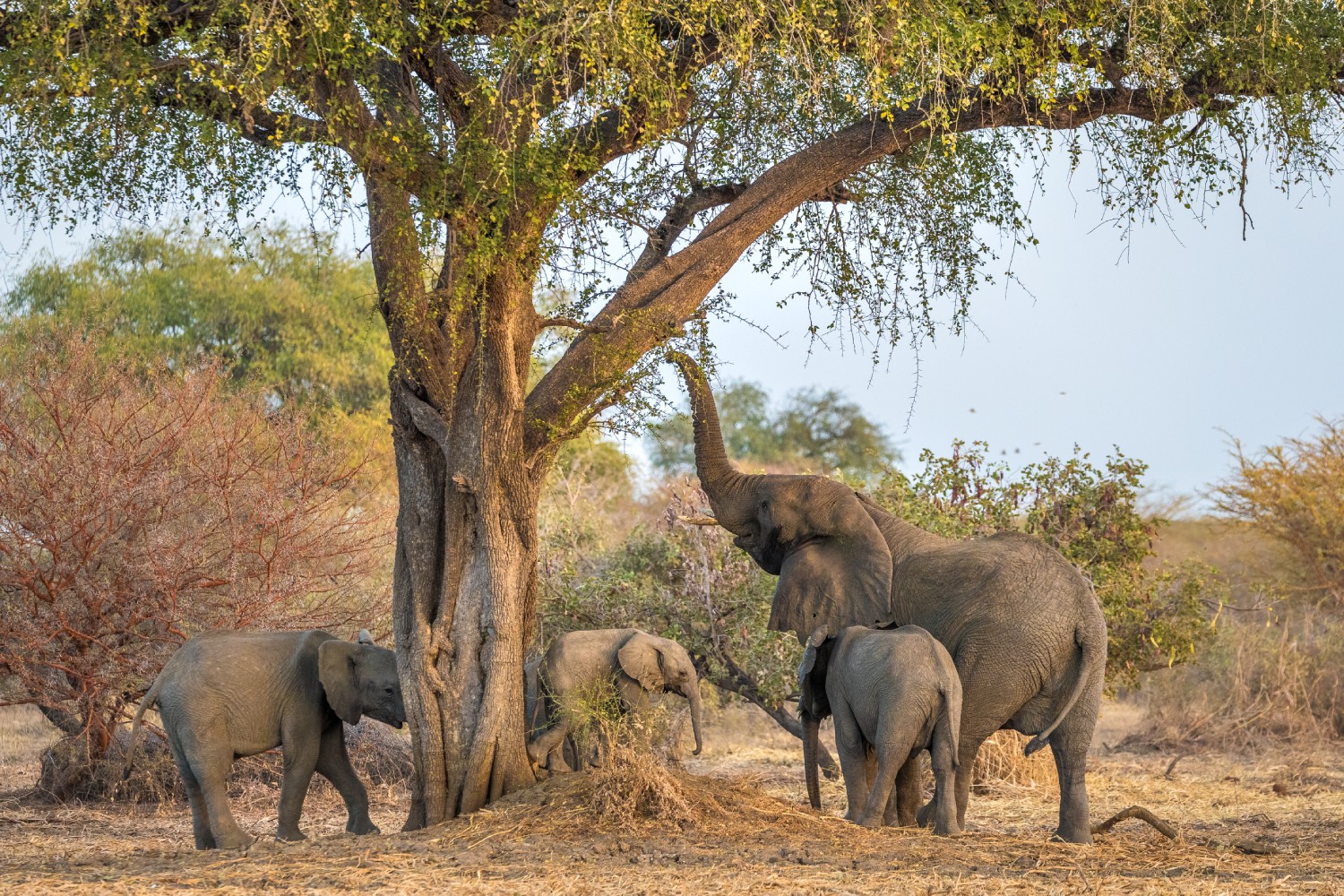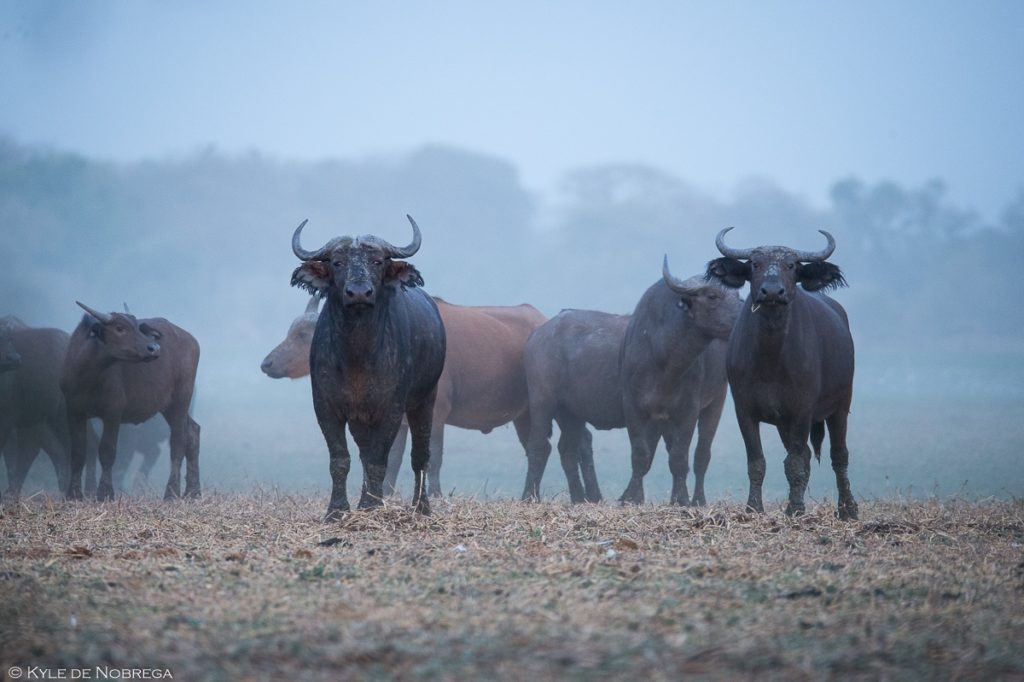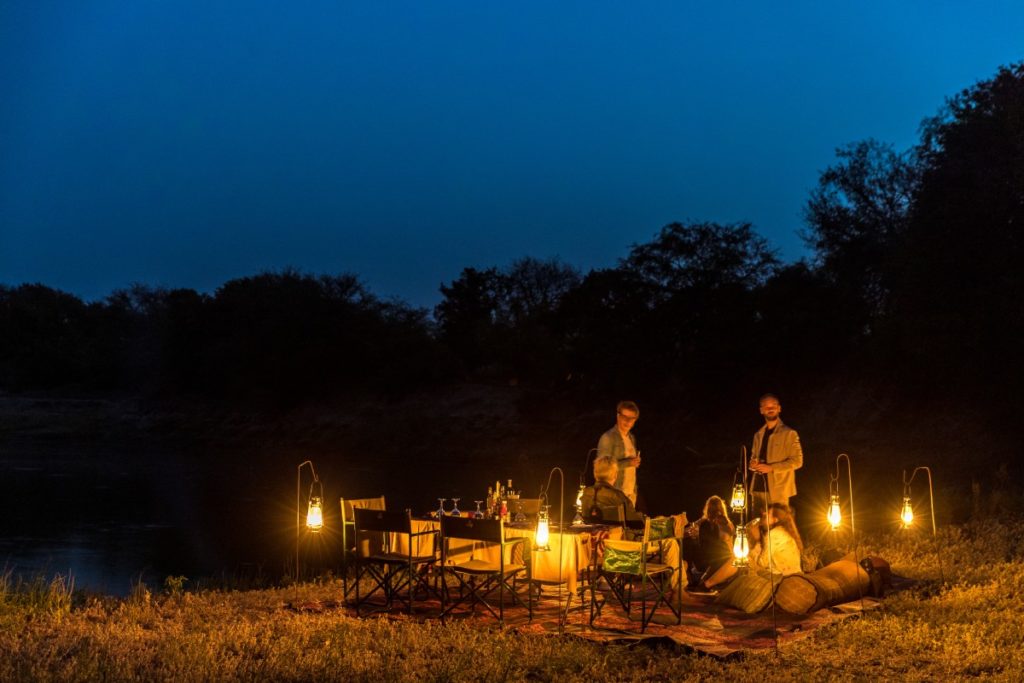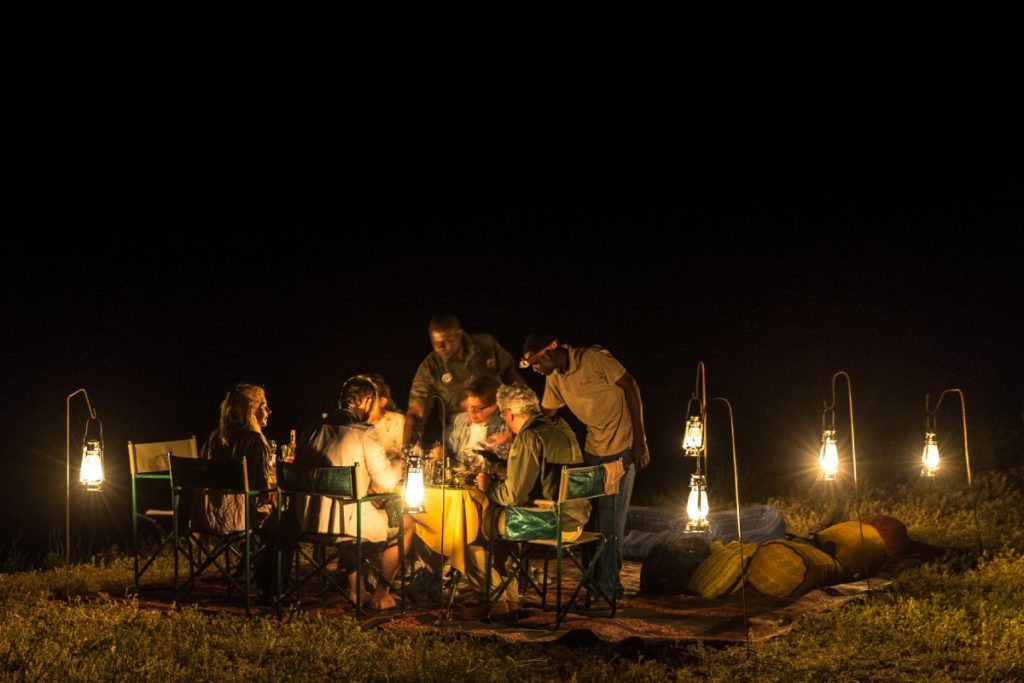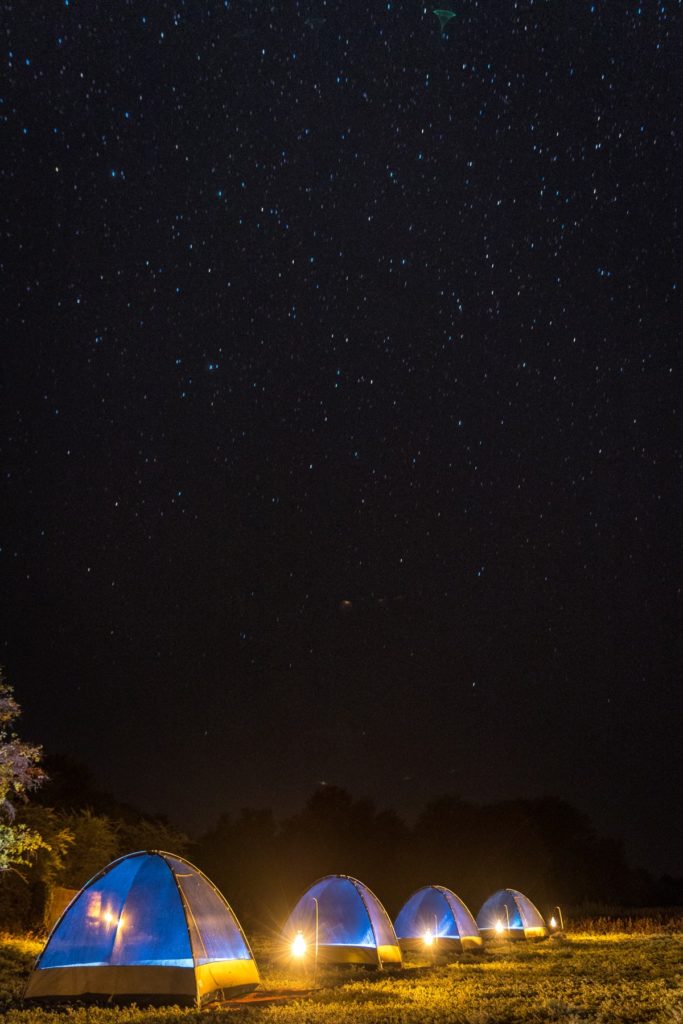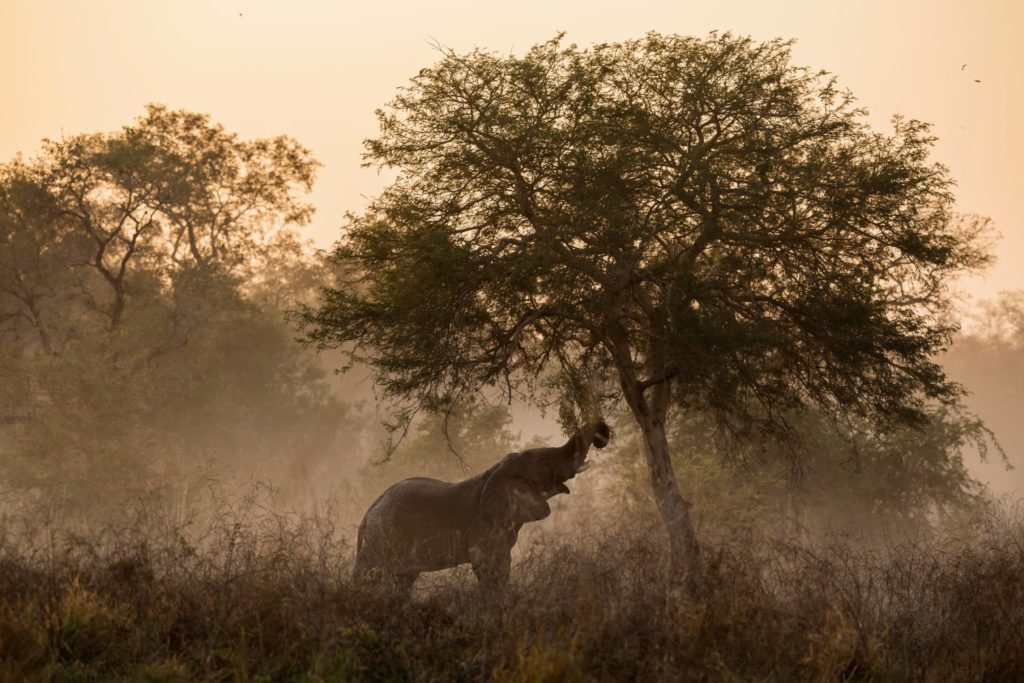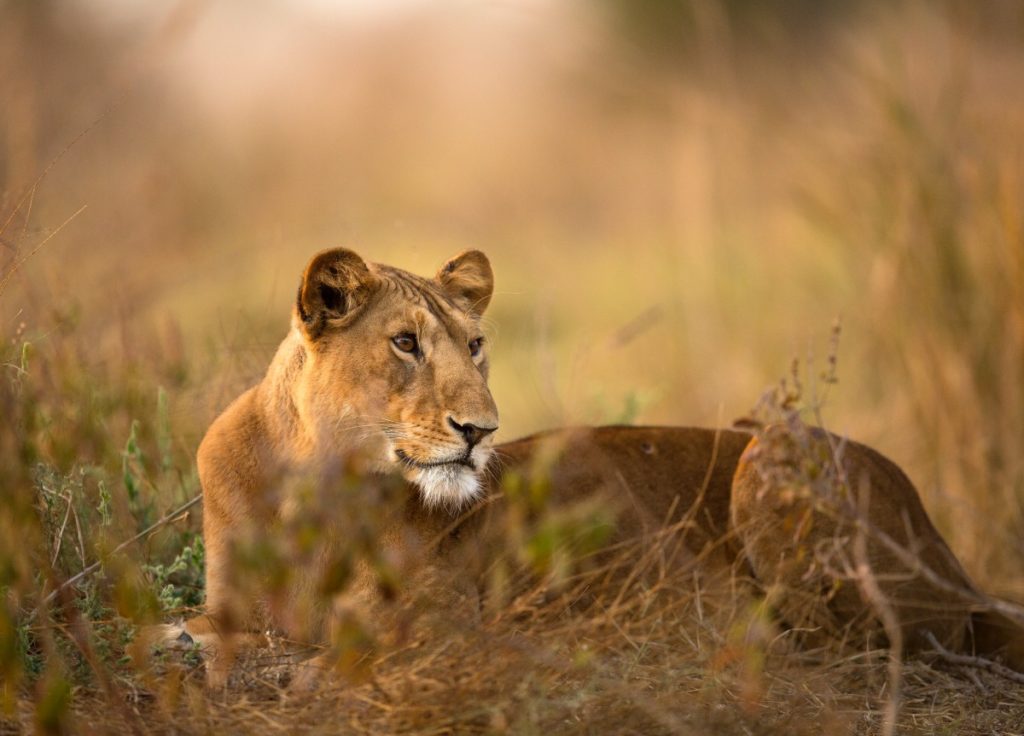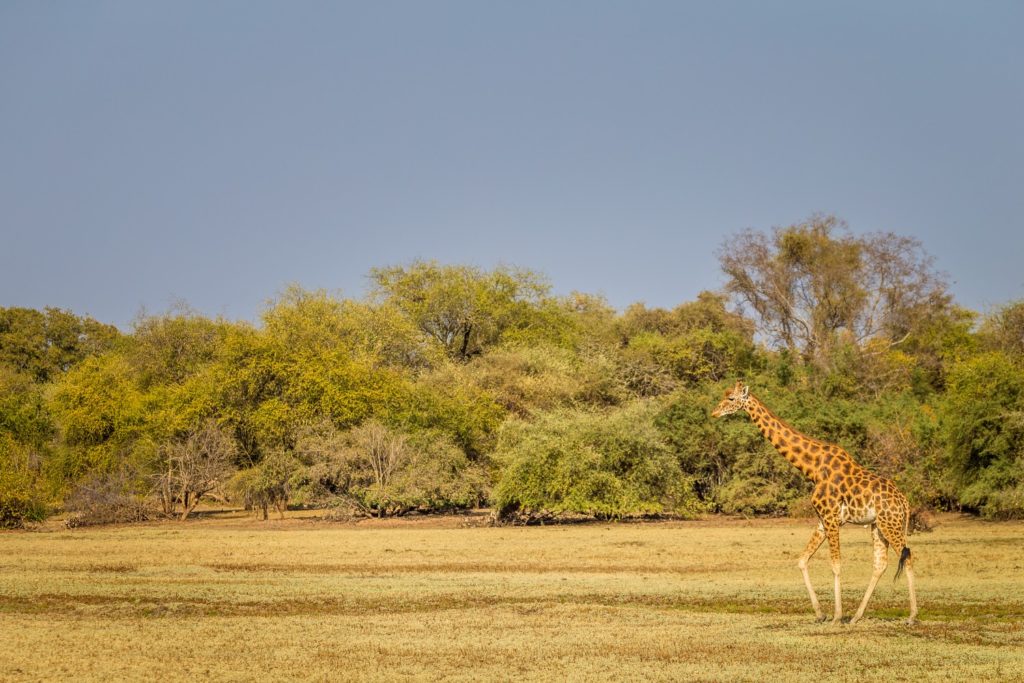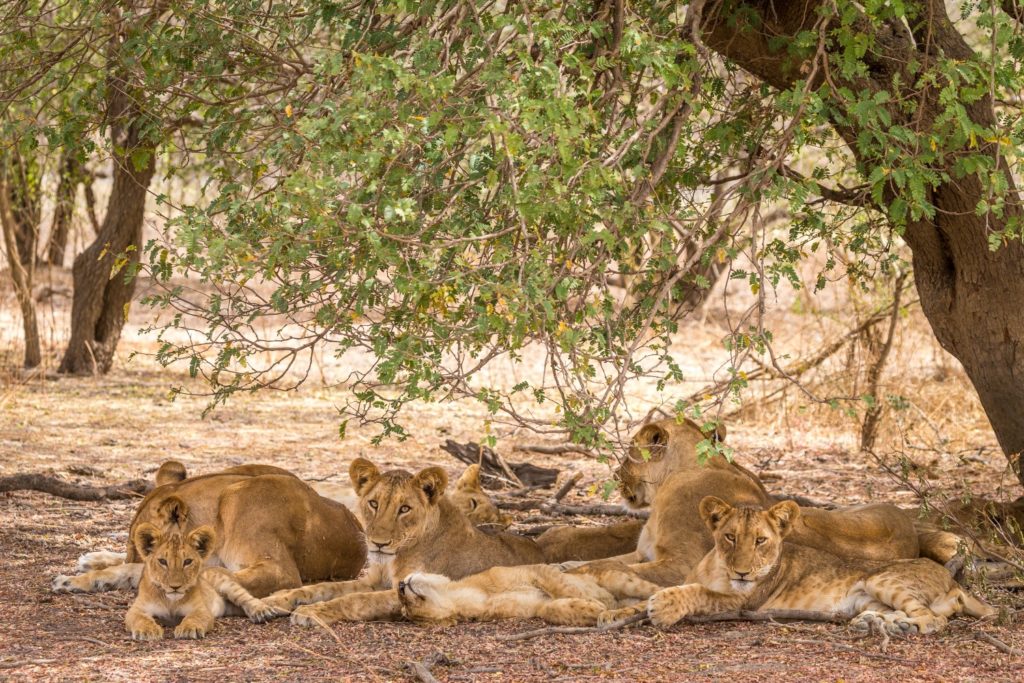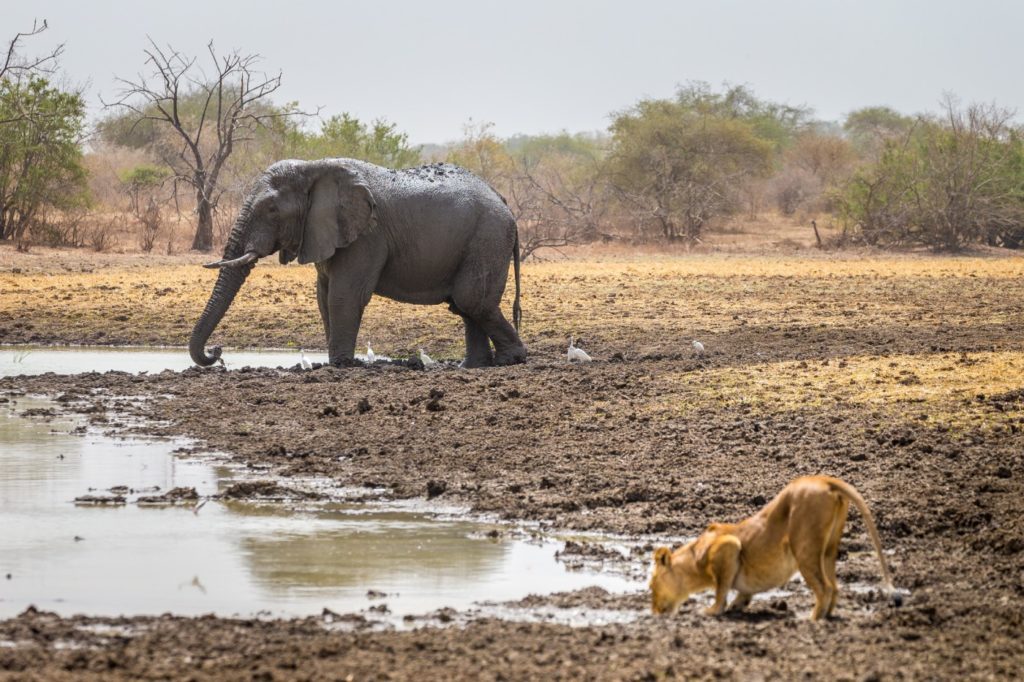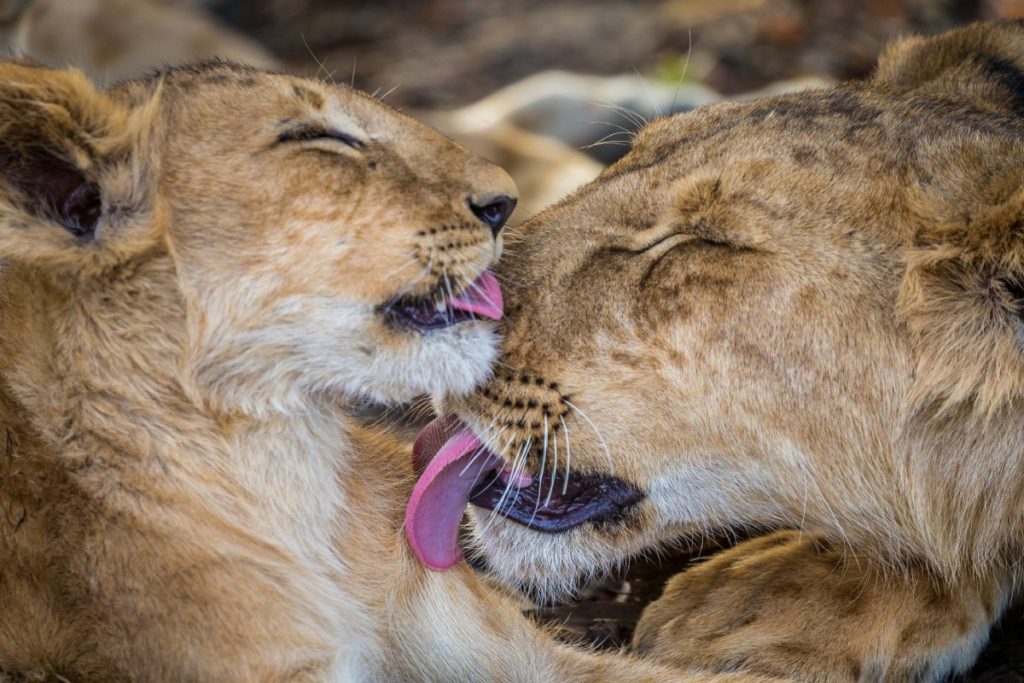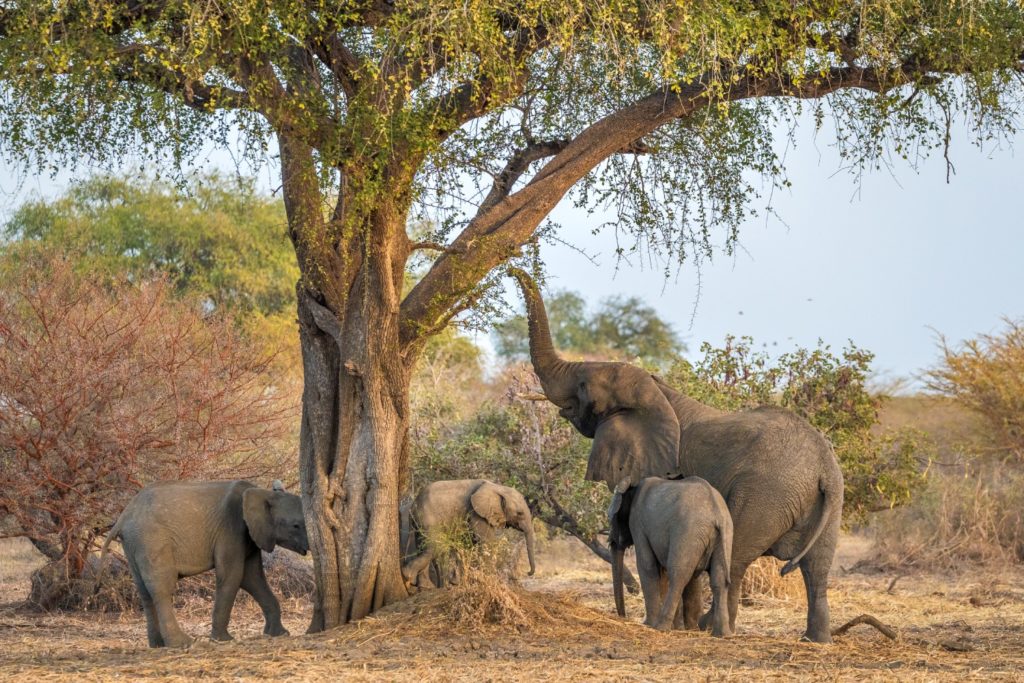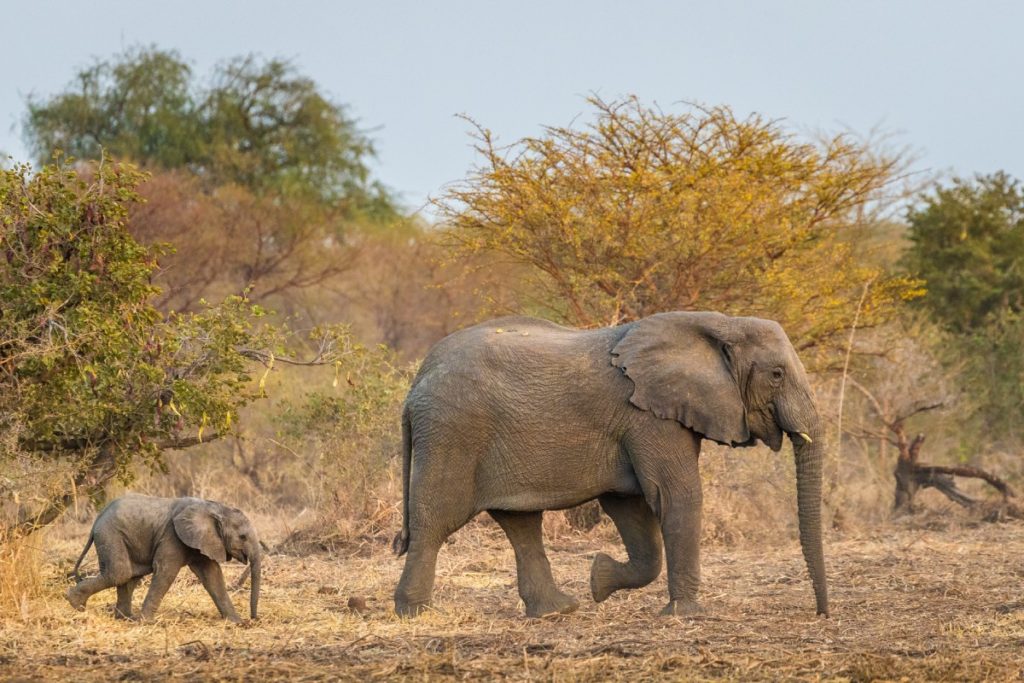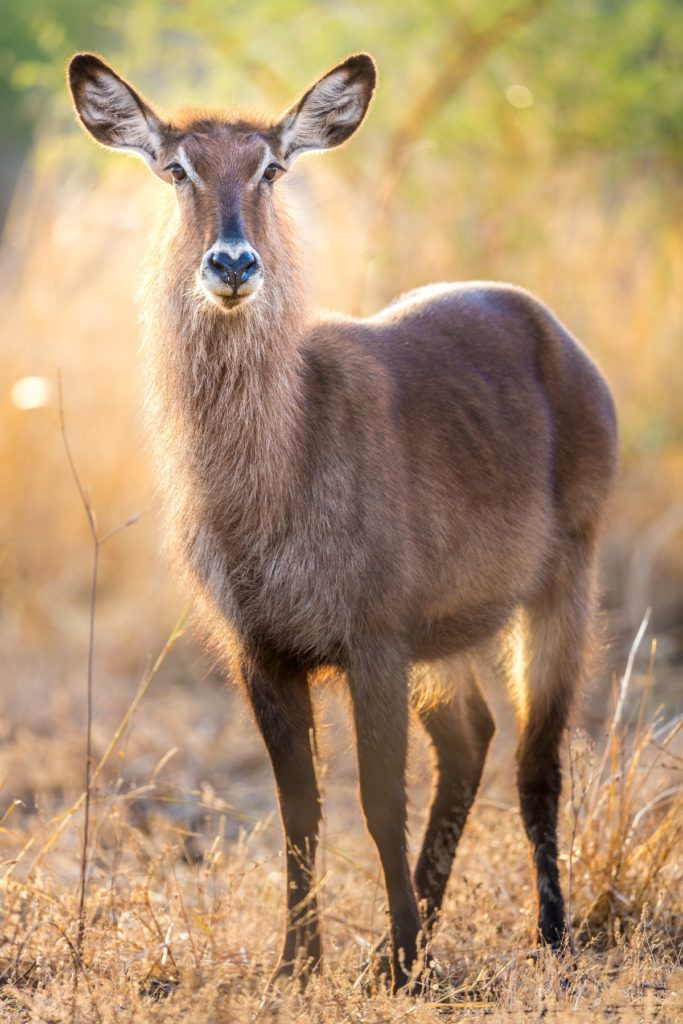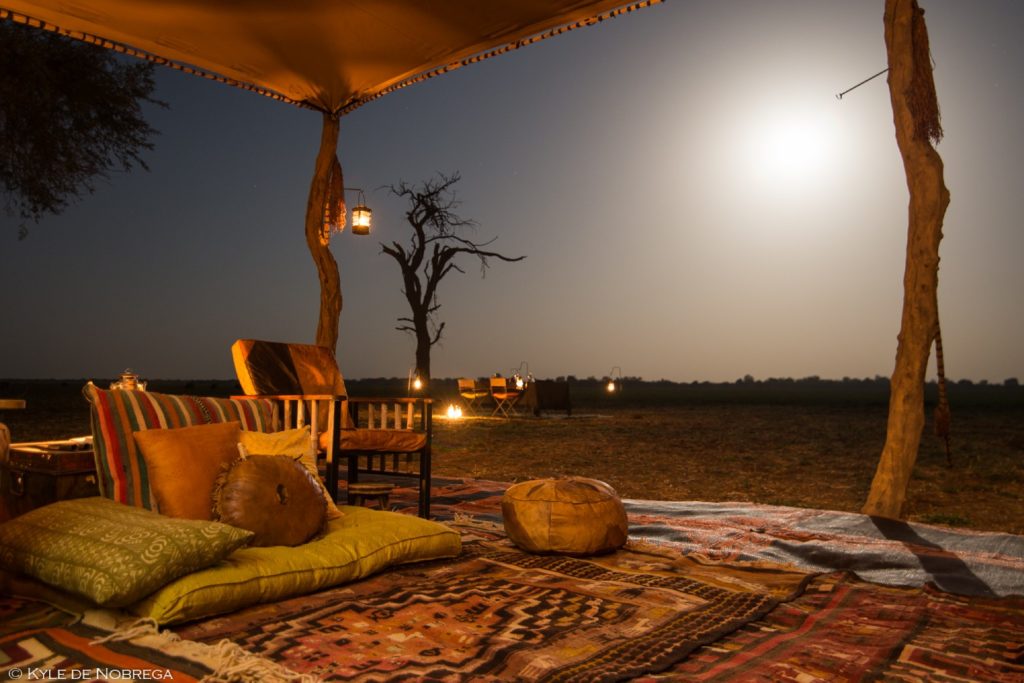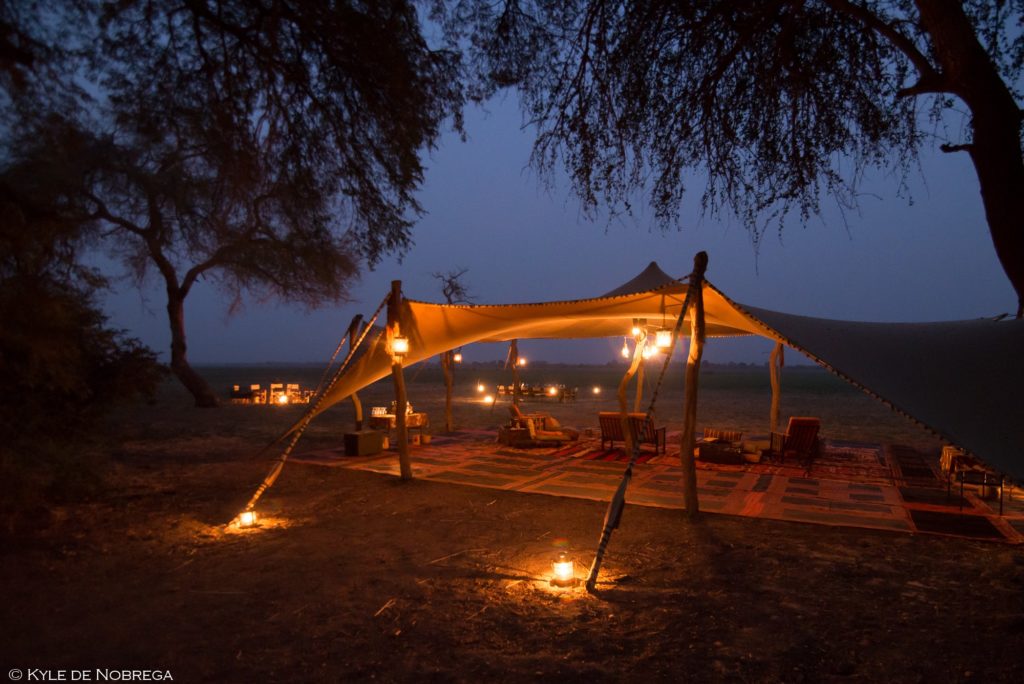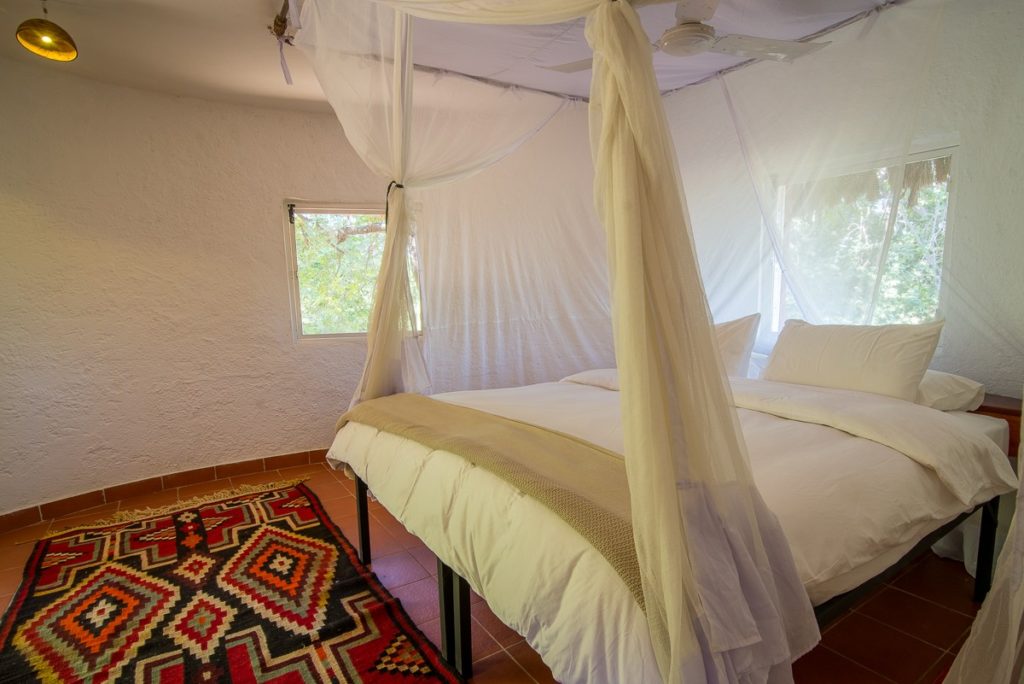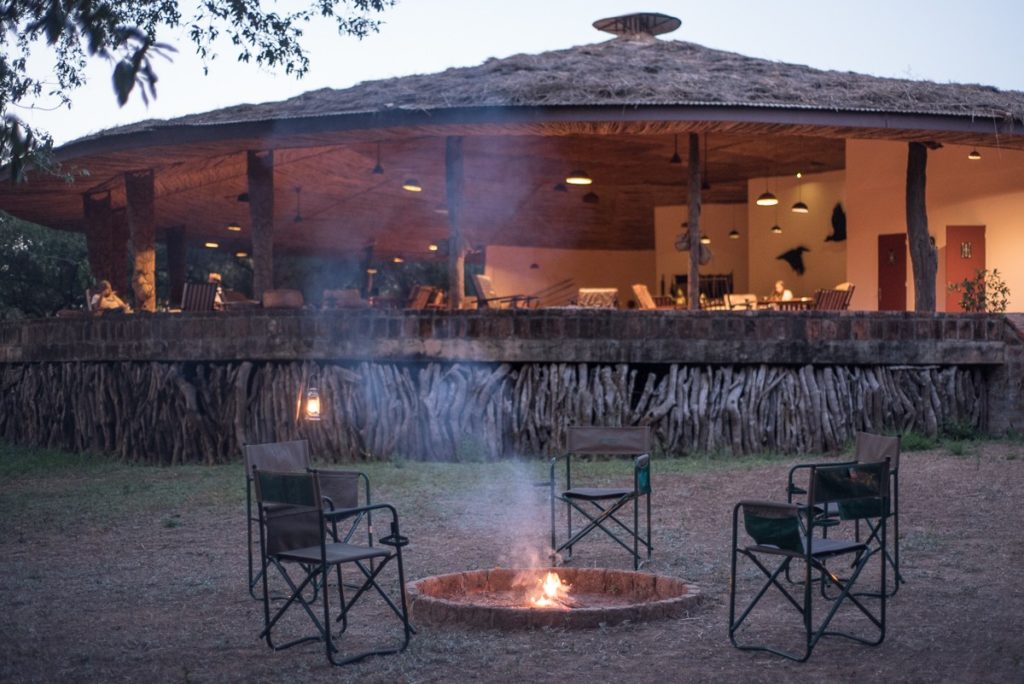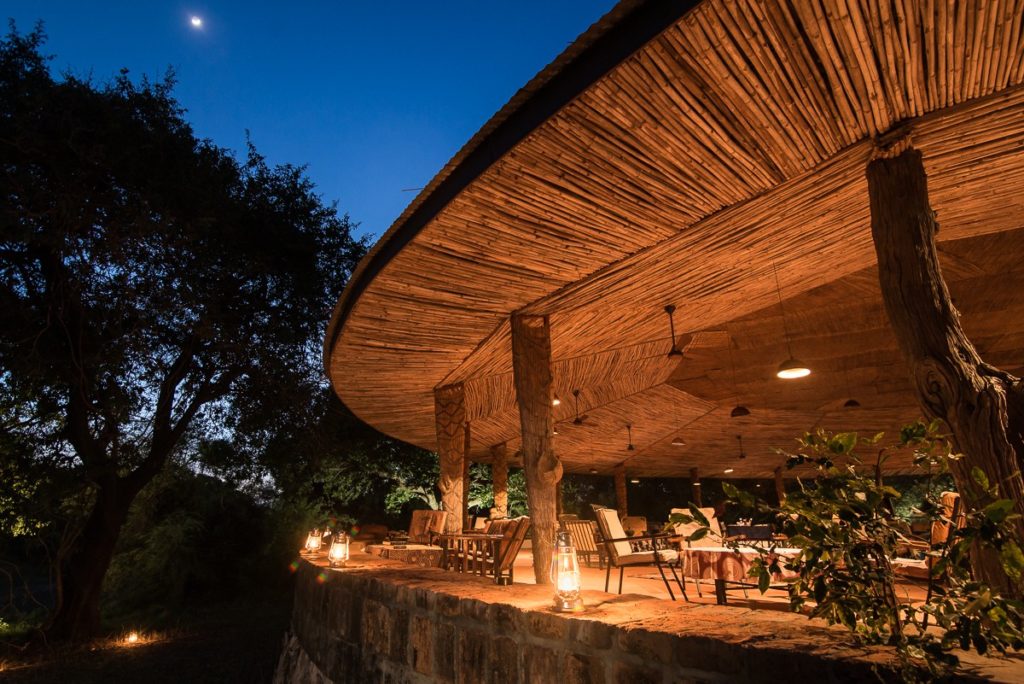Nestled in the heart of Chad, Zakouma National Park stands as a testament to the power of conservation and dedication to preserving Africa’s natural heritage. This vast and remote park has undergone an incredible transformation, evolving from a region decimated by poaching and habitat destruction to a flourishing sanctuary for wildlife.
Home to a diverse array of African wildlife, Zakouma National Park beckons adventurers and nature enthusiasts with its untamed beauty. The park’s landscapes are characterized by sweeping savannahs, lush floodplains, and ancient baobab trees, creating a picturesque setting for unforgettable wildlife encounters.
Once plagued by rampant poaching, the park’s transformation is owed to the relentless efforts of African Parks, a conservation organization that took over management in 2010. Their commitment to anti-poaching measures and community engagement has resulted in a remarkable revival of Zakouma’s wildlife populations.
But it’s the abundance of animals and bird species that make Zakouma truly special.
66 recorded mammal species which include Elephant, African Buffalo, Kordofan giraffe, Road antelope, Defassa waterbuck, lion, leopard and many antelope.
However it is the gargantuan number of birds that make Zakouma truly unique. With over 330 species recorded it is a feast for the eyes. These include a wide variety of raptors, waterbirds, migratory birds, and many other fascinating avian species.
Chad – Ennedi Natural and Cultural Reserve:
Nestled in the heart of northeastern Chad, the Ennedi Natural and Cultural Reserve stands as a living tapestry of natural wonders and human history. This captivating reserve, a UNESCO World Heritage Site, weaves together the enchanting beauty of its geological formations with the timeless legacy of ancient cultures that have called this land home.
The Ennedi Reserve is a breathtaking mosaic of sandstone towers, soaring arches, and majestic plateaus that have been sculpted by wind and water over millions of years. The dramatic and diverse rock formations paint a mesmerizing canvas across the horizon, inviting intrepid adventurers to immerse themselves in the raw splendor of the African desert.
Beyond its geological marvels, the reserve is a sanctuary for a rich array of wildlife and flora, showcasing the resilience of life in an arid and unforgiving environment. This biodiverse landscape supports rare species, including desert-adapted mammals and birds, adding a layer of ecological significance to its already enchanting allure.
In addition to its natural wonders, the Ennedi Reserve is a living repository of human history and culture. Ancient rock art sites, scattered among the sandstone cliffs, offer a glimpse into the past, revealing the stories and traditions of the region’s early inhabitants. These captivating rock paintings and carvings create a powerful connection to the land’s ancestral heritage.
The reserve is also home to vibrant nomadic communities, who have sustained their traditional way of life for generations. Their harmonious coexistence with the land and its wildlife exemplifies the cultural significance of the Ennedi, where people and nature are intertwined in a delicate balance.
CLIMATE:
The Democratic Republic of Congo experiences a tropical climate, and the best time to visit is during the dry season from June to September and December to February. This period allows for more accessible gorilla trekking in Virunga National Park and Nyiragongo Volcano hiking. While the rainy season from March to May and October to November brings lush vegetation, it can make trekking more challenging.
POINTS OF INTEREST
-
- Odzala Kokoua National Park: The second-largest rainforest on the planet, making it one of Africa’s last true pristine wilderness areas, home to a diverse array of wildlife, including forest elephants, western lowland gorillas
- Sangha River System. Paddle the Sangha River and transport yourself back to the days of early explorers. Abundant rare birds, vocal primates setting the soundtrack to your safari


